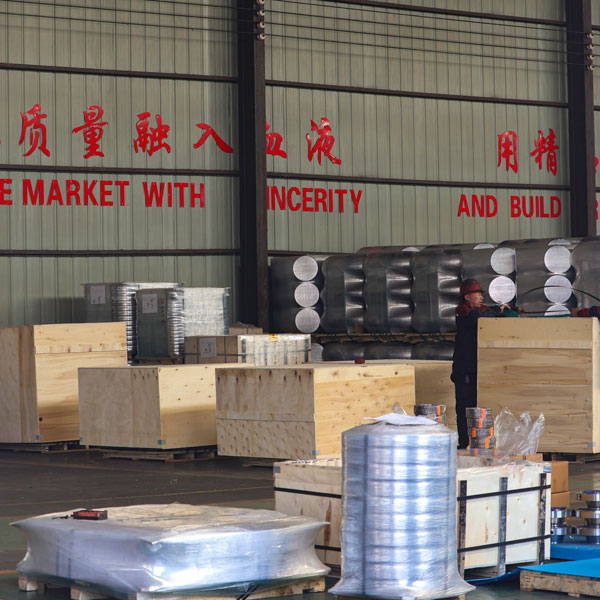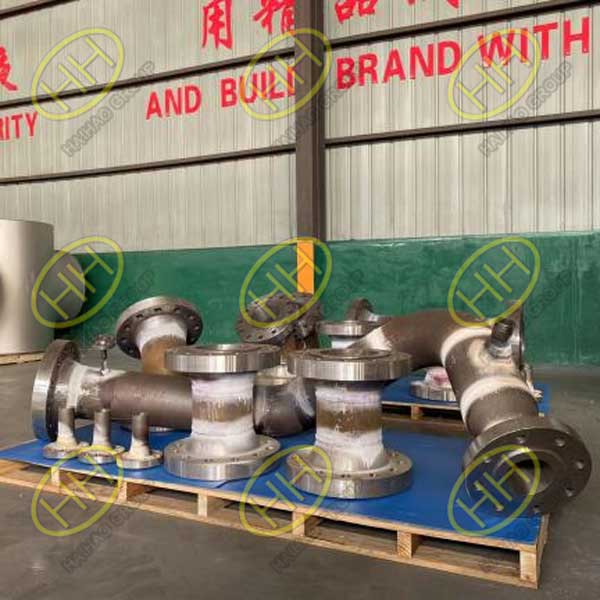How to reduce Sulfur (S) content in raw materials to improve pipeline steel performance?
Sulfur (S) is a key element affecting the Hydrogen-Induced Cracking (HIC) and Sulfide Stress Cracking (SSC) resistance of pipeline steel. Studies have shown that when the sulfur content in steel exceeds 0.005%, the sensitivity to HIC increases significantly. However, when the sulfur content is reduced below 0.002%, HIC sensitivity decreases drastically and can even be ignored. Therefore, minimizing sulfur content in raw materials is crucial for improving the durability and reliability of pipeline steel.
Methods to Reduce Sulfur Content in Raw Materials
1.Selection of Low-Sulfur Raw Materials
Using high-purity iron ore and low-sulfur scrap steel as raw materials helps reduce the initial sulfur content in steel production. Sourcing premium raw materials is a fundamental step in achieving low-sulfur steel.
2.Desulfurization in the Blast Furnace
During ironmaking, sulfur is mainly introduced through coke and iron ore. To reduce sulfur content:
High-quality coke with lower sulfur content should be used.
Fluxes like lime (CaO) and magnesium oxide (MgO) can help capture sulfur impurities and remove them as slag.
Optimizing blast furnace operation parameters such as temperature and oxygen levels improves desulfurization efficiency.
3.Ladle Refining Process (Secondary Metallurgy)
Ladle refining is one of the most effective ways to reduce sulfur in molten steel:
Calcium Treatment: Adding calcium (Ca) or calcium-based alloys converts harmful manganese sulfides (MnS) into globular calcium sulfides (CaS), which improve steel’s resistance to HIC and SSC.
Synthetic Slag Refining: Using a high-basicity slag with lime (CaO), alumina (Al₂O₃), and magnesium (Mg) enhances sulfur absorption and improves desulfurization.
Argon Stirring: Helps remove sulfur-rich inclusions from the molten steel.
4.Vacuum Degassing (VD) and Vacuum Oxygen Decarburization (VOD)
These advanced refining techniques help further reduce sulfur and other impurities. Vacuum degassing creates a low-pressure environment, allowing sulfur to be removed more efficiently.
5.Continuous Casting Optimization
In the continuous casting process:
Controlling the inclusion shape and distribution helps prevent sulfur-related defects.
Using protective slag and controlled tundish metallurgy minimizes sulfur contamination.
6.Strict Control of Alloying Elements
Minimizing the use of high-sulfur ferroalloys (such as some manganese alloys) and replacing them with low-sulfur alternatives further reduces sulfur content.
Reducing sulfur content in raw materials is essential for improving the HIC and SSC resistance of pipeline steel. By selecting low-sulfur raw materials, refining in the blast furnace, implementing advanced ladle metallurgy, using vacuum degassing, optimizing continuous casting, and controlling alloying elements, manufacturers can produce high-purity, low-sulfur steel suitable for demanding pipeline applications.
Haihao Group is committed to providing low-sulfur pipeline fittings with strict material control and advanced metallurgical techniques, ensuring superior performance in harsh environments. Email:sales@haihaogroup.com


